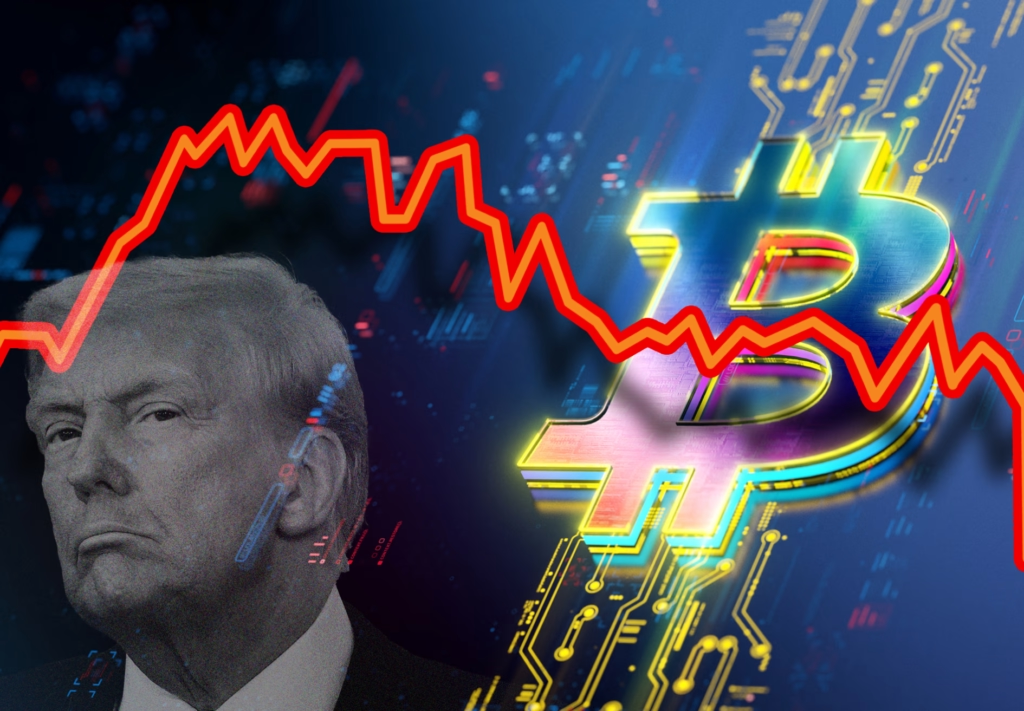Tariff fears and crypto market volatility intensified on April 7 as Bitcoin plunged nearly 7% to $77,077, its lowest level in three weeks, following U.S. President Donald Trump’s announcement of sweeping new import tariffs.
The downturn erased the crypto market’s brief resilience from earlier in the week, when traders viewed Bitcoin as a potential safe-haven amid falling tech stocks. By the evening of April 6, sentiment had shifted sharply. U.S. stock futures fell in early Asian trading, with Nasdaq 100 contracts down 5%, the S&P 500 and Dow Jones both sliding over 4%, and global indexes like Japan’s Nikkei 225 and Australia’s ASX 200 dropping more than 5%.
Data from Coinglass shows roughly $778 million in long crypto positions were liquidated in the past 24 hours—the steepest loss in nearly six weeks. Major altcoins followed suit, with Ethereum hitting $1,538—its lowest since October 2023—and Solana falling to $107.
Trump’s policy imposes a 10% tariff on most imports, with higher rates on goods from specific countries, including 34% for China and 20% for the European Union. The move sparked comparisons to “Black Monday” in 1987, as “economic nuclear winter” began trending on X.
“We are entering an era of profound market uncertainty,” hedge fund manager Bill Ackman warned on April 7, adding that continued tariffs could “significantly harm our reputation with the global community.”
The Crypto Fear & Greed Index dropped to 23, signaling “extreme fear.” Still, some market veterans remain cautiously optimistic. “Periods like this test conviction,” said Arthur Hayes, co-founder of BitMEX, in an April 4 post. “Long-term, such turmoil could strengthen Bitcoin’s role as a hedge against centralized policy risks.”
With global markets on edge, the coming days will determine whether Bitcoin rebounds as a refuge—or succumbs further to macroeconomic pressures.

